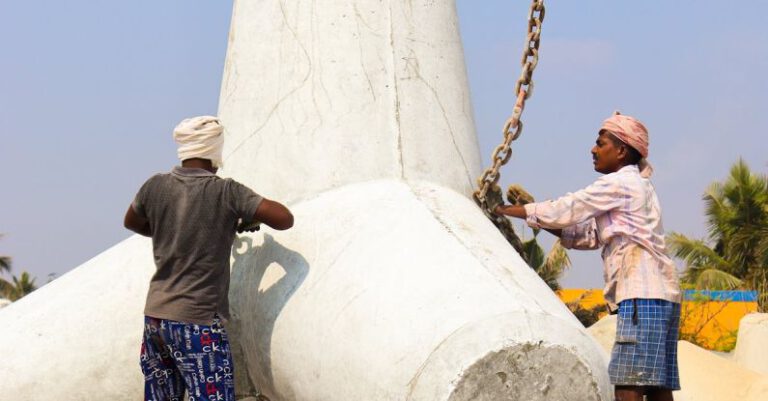
Extending the Lifespan of Your Bike
Your bike is more than just a mode of transportation; it’s a companion that takes you on adventures and helps you stay active. To ensure that your bike continues to serve you well for years to come, it’s essential to take good care of it. By following a few simple maintenance practices and keeping an eye on key components, you can extend the lifespan of your bike and enjoy smoother rides for longer.
Invest in Quality Components
One of the best ways to ensure the longevity of your bike is to invest in quality components from the start. While it may be tempting to opt for cheaper parts to save money, choosing high-quality components can make a significant difference in the performance and lifespan of your bike. Quality components are more durable, less prone to wear and tear, and often provide better performance, ultimately saving you money in the long run.
Regular Cleaning and Lubrication
Regular cleaning and lubrication are essential for keeping your bike in top condition. Dirt, grime, and debris can build up on your bike’s components over time, leading to increased wear and potential damage. By cleaning your bike regularly with a gentle detergent and water, you can remove dirt and prevent corrosion.
After cleaning, be sure to lubricate key components such as the chain, gears, and pivots. Lubrication helps reduce friction, prevent rust, and ensure smooth operation. Make sure to use a lubricant specifically designed for bikes, and apply it sparingly to avoid attracting dirt and debris.
Check and Adjust Tire Pressure
Proper tire pressure is crucial for a comfortable ride and can also impact the lifespan of your bike. Overinflated tires can lead to a harsh ride and increased risk of punctures, while underinflated tires can cause excessive wear and reduced efficiency. Check your tire pressure regularly using a pressure gauge and adjust as needed to maintain the recommended pressure range specified by the tire manufacturer.
Inspect and Maintain Brakes
Brakes are a critical safety component of your bike, so it’s essential to inspect and maintain them regularly. Check the brake pads for wear and replace them if they are worn down. Ensure that the brake cables are properly adjusted and not frayed or damaged. Test your brakes periodically to ensure they are functioning correctly and provide adequate stopping power.
Monitor and Adjust Gear Shifting
Smooth gear shifting is essential for an enjoyable and efficient ride. Keep an eye on the condition of your gears and cables, and adjust as needed to maintain optimal shifting performance. If you notice any skipping, grinding, or hesitation when shifting gears, it may be time for an adjustment or replacement of worn components.
Store Your Bike Properly
Proper storage can also help extend the lifespan of your bike. When not in use, store your bike in a dry, indoor location away from extreme temperatures and humidity. Consider hanging your bike on a wall-mounted rack to save space and prevent damage. Additionally, using a bike cover can help protect your bike from dust, moisture, and UV exposure.
Conclusion: Ride On with a Well-Maintained Bike
By following these maintenance tips and practices, you can extend the lifespan of your bike and enjoy many more miles of riding. Investing in quality components, regular cleaning and lubrication, checking tire pressure, maintaining brakes and gears, and storing your bike properly are simple yet effective ways to keep your bike in top condition. With proper care and attention, your bike will continue to be a reliable companion on all your cycling adventures.





